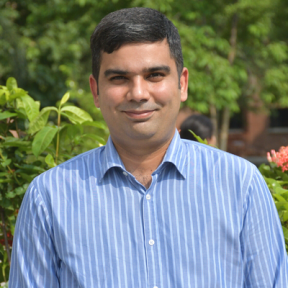Dr. Rauf is an accomplished researcher and educator with a Ph.D. in Chemical Engineering from Sungkyunkwan University, Seoul, South Korea, specializing in the design and synthesis of novel heterostructured photocatalysts for environmental applications. He also holds a bachelor's degree in Chemical Engineering from the University of Punjab.
Dr. Rauf joined LUMS in 2018, and is one of the very first hires in the Chemical Engineering Program. Dr. Rauf has been actively engaged in teaching for over six years. He has a diverse teaching portfolio, delivering core chemical engineering courses at both the undergraduate and graduate levels. His expertise spans subjects such as chemical engineering principles, fluid mechanics, separation processes, chemical kinetics, and reaction engineering, numerical methods for engineering, heat and mass transfer processes, fundamentals of environmental engineering, and electrochemical energy conversion. Dr. Rauf has also contributed significantly to various administrative committees, including the curriculum committee, accreditation committee, industry-academia advisory board, and quality enhancement cell.
In his research pursuits, Dr. Rauf focuses on the synthesis of nanocomposite materials for diverse environmental applications, aiming to mitigate pollution and develop sustainable energy resources. His investigations encompass a wide range of materials, including metal oxides/chalcogenides, polymers, and doped carbon, with a particular emphasis on their potential as electrode materials for electrochemical devices. Recently, he has ventured into the application of density functional theory (DFT) to theoretically validate and screen catalyst materials used in electrocatalytic and photocatalytic systems. His significant contributions have been recognized through publications in reputable journals, including an interview published in RSC Advances Emerging Investigator Series 2021.
Dr. Rauf's research interests extend to the design of nanocomposite-based filler materials for electromagnetic shielding purposes, addressing the growing need for EMI protection. He has successfully completed several academic and industrial projects, including a collaborative venture with Fatima Fertilizer Limited and a British Council-funded initiative targeting sustainable development goals in Pakistan, conducted in collaboration with Swansea University.
Overall, Dr. Rauf's expertise lies in the fields of photocatalysis, electrocatalysis, density functional theory (DFT), and electromagnetic shielding (EMI).
| Title | Publication | Author | Year |
|---|


